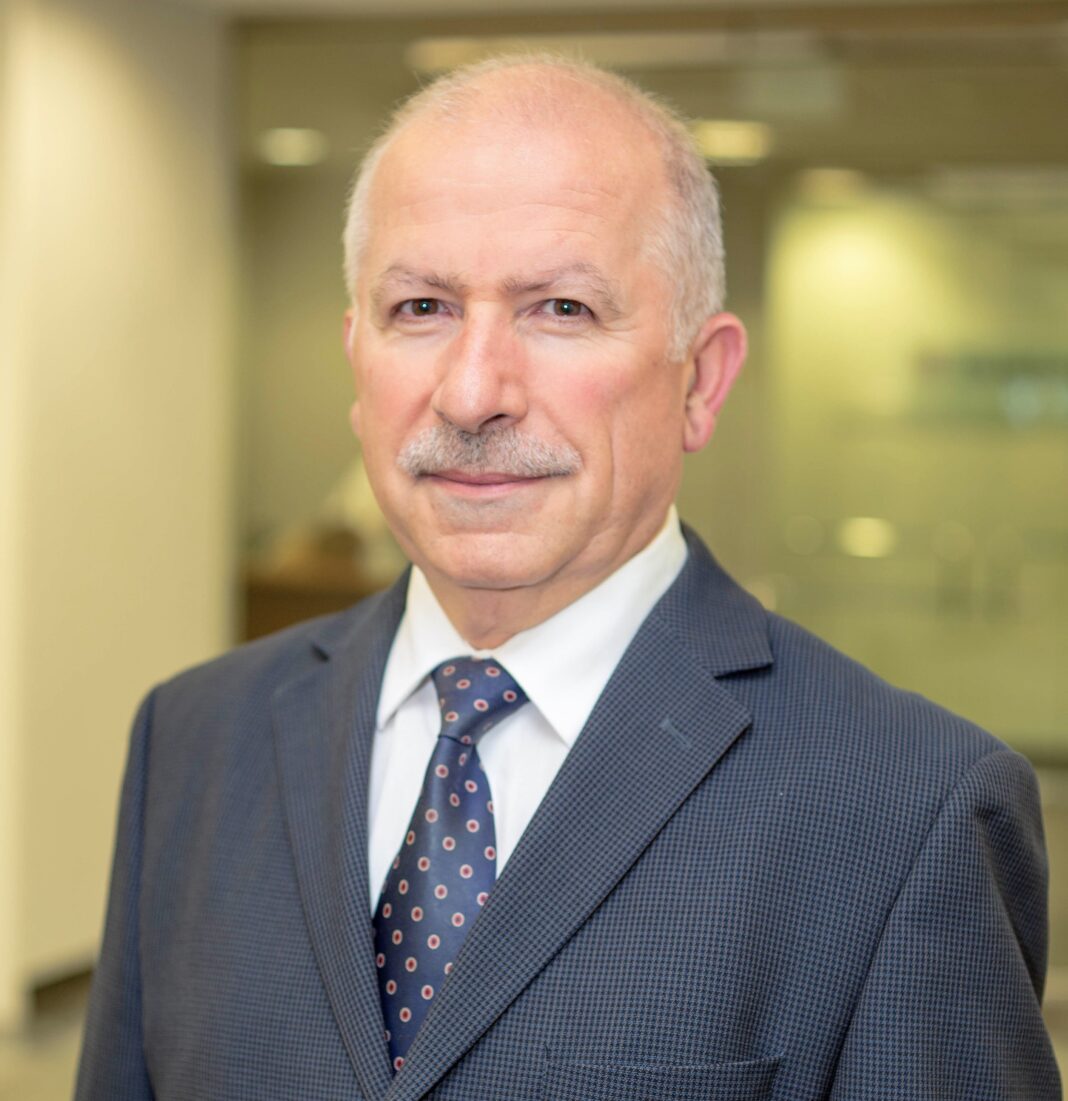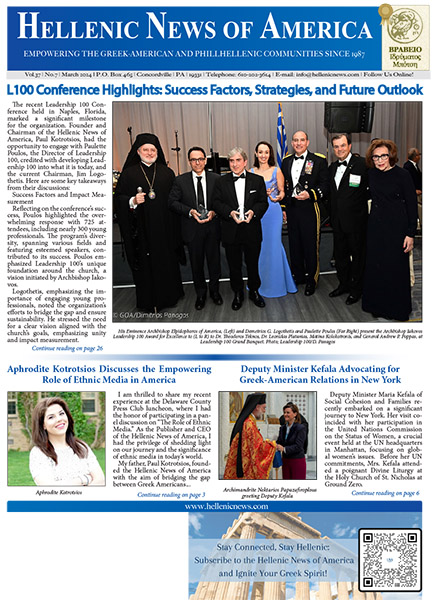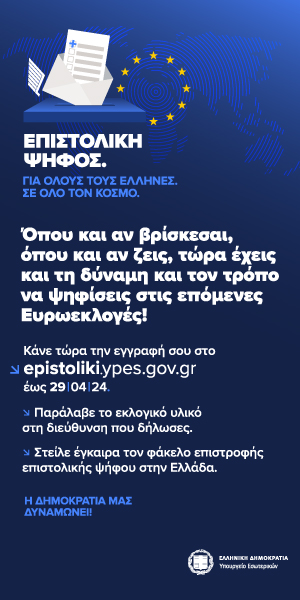Special to the Hellenic News of America
With the distance of time and geography, it’s easy for many of us to dismiss the situation in Cyprus as just a political problem that needs to be solved.
On this 47th anniversary of the invasion of Cyprus by Turkey, it’s important to remember the high cost of that invasion in lost lives, and in the suffering inflicted on Greek Cypriots.
Lives and families were radically altered in that war. Landscapes were forever changed and the fallout from that invasion continues to be felt today.
Stavros Kamilaris lived through the Turkish invasion of 1974. In fact, he fought the Turks as a member of the Cypriot Army, attached to the 33rd Greek Cypriot Commandos Squadron based in Pellabais, Kyrenia.
The invasion
The Turks made their intentions known when a Turkish Navy flotilla approached the shores of Kyrenia on Saturday morning, July 20, 1974.
“And so, when the invasion started, the Green Beret commanders were active in trying to resist the invasion,” he said.
Greek Cypriot forces launched a counter-attack against the Turkish beachhead at the area of “Pende mili” in Kyrenia, but failed to dislodge the Turks, who went on to form a bridgehead to Kyrenia by Monday afternoon.
The Turks then continued and connected with the Bogaz pass and gained full control of the Nicosia-Kyrenia roadway.
Kamilaris said that Saturday night his Squadron, joined by the 31st and 32nd, became involved. He believes things might have turned out differently if the three Commandos Squadrons could have engaged the Turks sooner, say Saturday morning right at the location of the invasion.
“The first order of business should have been that we attack the invasion site right away with these kinds of forces. This way the enemy would have stronger resistance right where they were coming out from the sea rather than meet them at the later point.”
Cyprus forces were outgunned in the surprise invasion.
“They came with planes, they came with ships and tanks and everything else…”
Cypriot forces had good training and were organized but weren’t prepared for that kind of assault.
“They bombed all of our military areas within Kyrenia District and demobilized our army units and artillery. This unexpected assault at dawn Saturday, created a communications chaos amongst our National Guard, severely impacting our resistance capabilities.”
Agios Ilarionas
The first night, Kamilaris’ Squadron was given a mission to capture Agios Ilarionas, held since 1963 by the Turks.
Kamilaris, being from Kyrenia, knew the area so he took a group through the enemy lines and waited for a signal to attack. The plan was to hit the enemy from front and behind.
Their initial attack succeeded as they progressed closer to Agios Ilarionas, though three men in his squadron were wounded and taken to Pellabais, where a temporary hospital was established.
The attack ultimately failed because of miscommunications. When no reinforcements arrived, the Turks were able to mount a successful counterattack.
In retreat
On Sunday morning, July 21, they had to retreat back to Bellapais. “We lost five of our commandos during our retreating back, including our commander.”
Kamilaris was carrying one of the wounded, a soldier who had been hit by seven bullets. The solder survived.
“These memories will never leave me,” Kamiliaris said.
Agios Georgios
By Monday, July 22, his Squadron was ordered to deploy at the invasion site. Their trucks carried them to Agios Georgios, Kamilaris’ home village, where they lined up along the main road heading towards “Pende Mili”.
West of Agios Georgios, they started encountering Turkish troops and tanks.
“I was a bazooka operator; however, the bazooka that I was carrying it wouldn’t fire as I was aiming to shoot the tanks behind the lemon trees. The Turkish tanks were coming from the street and around the fields. I was trying to shoot on the tanks but my bazooka wouldn’t fire.”
Reaching safer ground
They received orders from their second–in–command to retreat back to an area called “Karca” in Pentadaktylos, east of Kyrenia and about 20 miles from Agios Georgios.
Kamilaris with three other commandos started their retreat and hid in a bush east of Agios Georgios near the Turkish village of Templos, until it was dark and safer to walk.
“Pentadaktylos was really burning… The whole mountain was on fire.”
Walking all night, they arrived at the upper Kyrenia area. “We were so exhausted and thirsty. One of our four fainted and I had to carry him on my shoulder until we found some water because everywhere was so hot and dry.”
Dehydrated and weak, they searched a house for water but found none. Kamilaris told them to do one last search.
“We went back, and we found, miraculously, we found…water in a clay jar on top of a table. To this day I believe that this was a miracle!”
As they continued their march, they saw a wounded Turkish soldier. “As he was laying down, he was aiming the gun at us but he didn’t shoot us.”
They took his gun, but before leaving him, Kamilaris gave him his water!
“We couldn’t kill him in cold blood,” Kamilaris said.
Passing just below Bellapais they crossed into the Turkish village of Thermia. Suddenly they saw Turkish troops walking past in a different direction.
“We had a bit of an exchange, a fight right there.”
No one in his group got hit, though “we hit several of them.”
All four made it safely back to their unit which was temporarily stationed in Tymbou, outside Nicosia.
Their next mission took them to Vasilia, west of Lapithos, to defend any potential Turkish advancement. A few days later, there was a second Turkish aggression through Skylloura and towards Morphou. The night before, the squadron was moved to near Akaki, before the Turks could totally enclave them in Vasilia.
They stayed near Akaki until the second cease-fire.
The final mission for the 33rd Commandos Squadron was to build a new camp at Stavrouvouni. The camp is still there today, and I was instrumental in building the camp facilities from scratch having a construction crew of about twenty commandos, Kamilaris said.
Paying tribute
Kamilaris pays tribute to the commandos and all Cypriot and Greek soldiers who lost their lives defending their homeland Cyprus.
He honored the heroes in the ELDYK, the Hellenic force in Cyprus who heroically defended the area by the Ayios Dhometios and the airport.
The Aftermath
“My family, of course, became refugees,” after Agios Georgios was captured.
Kamilaris said he didn’t know where his family was, or whether they were dead or alive for a couple of months.
Two months or so after the invasion, he learned his family had been enclaved in the village of Pellabais. The Turks took his father and three younger brothers to a prison in Nicosia.
At the same time, someone told his father that Kamilaris had died at Agios Ilarionas.
When Kamilaris found out where his family was, he sent a letter to his father through the Red Cross. “You can imagine my (father’s) reaction when he saw my letter and recognized my handwriting.”
Turkish Cypriots
One sad outcome of the invasion was its division of the Cypriots.
“I never had any hatred against Turkish Cypriots,” Kamilaris said.
A Turkish village next to Agios Georgios, Templos, had people who worked at Kamilaris’ farm.
“So we were really very friendly with the Turk Cypriots,” he said.
But the Turk soldiers in the invasion killed women and young children from Kamilaris’ village “because that was the first village that they encountered.”
They raped women “and they did all these atrocities.”
“It’s just unbelievable, the kind of warfare that the Turkish troops did on Cyprus.”
After the war
Though Kamilaris spent three years in the army, it was always his dream to continue his studies and become a civil engineer.
He came to the United States with $300 in his pocket given to him by his father.
“My friends from the army enrolled me in a college here in the United States.”
He worked as a busboy, then rolling bagels in a bagel shop while going to school.
“It took me eight years to finish college going to school at night.”
He graduated as a civil engineer and worked for six years in the nuclear power industry before going to work for a large national transportation company. He’s been there 35 years, currently as a vice president.
Today, he lives in New Jersey, married with three married daughters, two grandchildren and two more on the way.
He and his wife Maria are active at the Metropolitan Cathedral of St. John the Theologian in Tenafly, New Jersey. Kamilaris has been on the Church Board for 25 years and is the building grounds chairman.
Cyprus Activism
Kamilaris continues to work toward the complete restoration of Cyprus and the withdraw of Turkish troops from the north.
He is president of the Lampousa Cypriot American Association, which is based at Metropolitan Cathedral of St. John the Theologian in Tenafly, NJ, and working closely with the Cyprus Federation of America and with other Cypriot organizations like PSEKA, lobbying for justice for Cyprus.
Looking ahead
“I always like to be optimistic,” he said. “We should all continue to fight for what is ours and we should never stop educating our younger generation about the injustice that happened in Cyprus on July 20th, 1974. We should never forget!”
It’s difficult to change the situation because of Turkey’s strategic geographical advantage to the U.S. and Europe, and the fact that Cyprus is a small country without much clout.
Cyprus’ entry into the European Union has probably been its biggest accomplishment. “That puts us in a good position,” he said.
The decision for the U.S. to conduct military training with Cyprus in July 2020 also sent a clear signal to Turkey about Turkish aggression in Cyprus, Kamilaris said.
He’s also encouraged by President Biden’s election.
“Biden is somebody who knows the Cyprus issue really well,” he said.
Kamilaris had an opportunity to meet Biden at the White House when he was vice president.
“He was on our side big-time before he became vice president, when he was in the Senate, and I think he continues to be on our side.”
While Biden won’t go against U.S. interests, “he’s going to look for every opportunity to help us out.”







